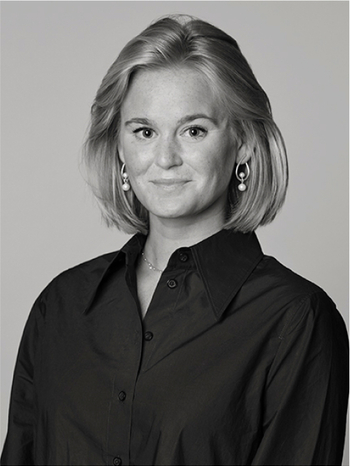Alexander Calder
Untitled, from: "La mémoire élémentaire"
Signed in pencil and numbered 53/100. Lithograph in colours, 1976. S. 52 x 72 cm.
Artist
Alexander Calder was an American Sculptor and artist born in Philadelphia. He initially studied mechanical engineering at Stevens Institute of Technology in Hoboken, but later changed to study at the Art Students League in New York and at Académie de la Grande Chaumière in Paris. When Calder visited Piet Mondrian’s studio in Paris, the artist felt immense inspiration, facilitating the creation of his abstract art and his joining of the group "Abstraction-Création". He is well known for his Chinese sculptures, and artworks Marcel Duchamp dubbed as “mobiles”. As well as sculptures, Calder also illustratedbooks and magazines at the same time as he also made jewellery. Calder explored the dynamics of movement in his art, diverging from the traditional notion of artworks as static objects.
Read more





































